Transportation of trees is an increasingly vital practice within several sectors, including landscaping, forestry, and construction. While it may seem straightforward, moving a tree on a flatbed trailer necessitates meticulous planning and execution to ensure the safety of the flora and the smooth operation of logistics. Herein, we explore the complexities surrounding the transportation of trees on flatbed trailers, the preparation required, and the significant factors that come into play.
Understanding Transportation Dynamics
Importance of Proper Loading Techniques
Loading a tree onto a flatbed trailer is not as simple as placing it in the center and securing it. Correct loading techniques are crucial for balance, stability, and preventing damage during transit. When transporting a tree, whether it’s a small ornamental shrub or a substantial oak, the following techniques must be adhered to:
- Assessing Weight Distribution: Ensure that the weight of the tree is evenly distributed across the trailer. Overloading one side can lead to tipping.
- Securing the Root Ball: The root ball is the most sensitive part of a tree. Use straps and securing devices that won’t damage the roots to hold the tree in place.
- Using Support Structures: When transporting larger trees, consider using cradles or frames to provide additional support without putting undue pressure on the branches.
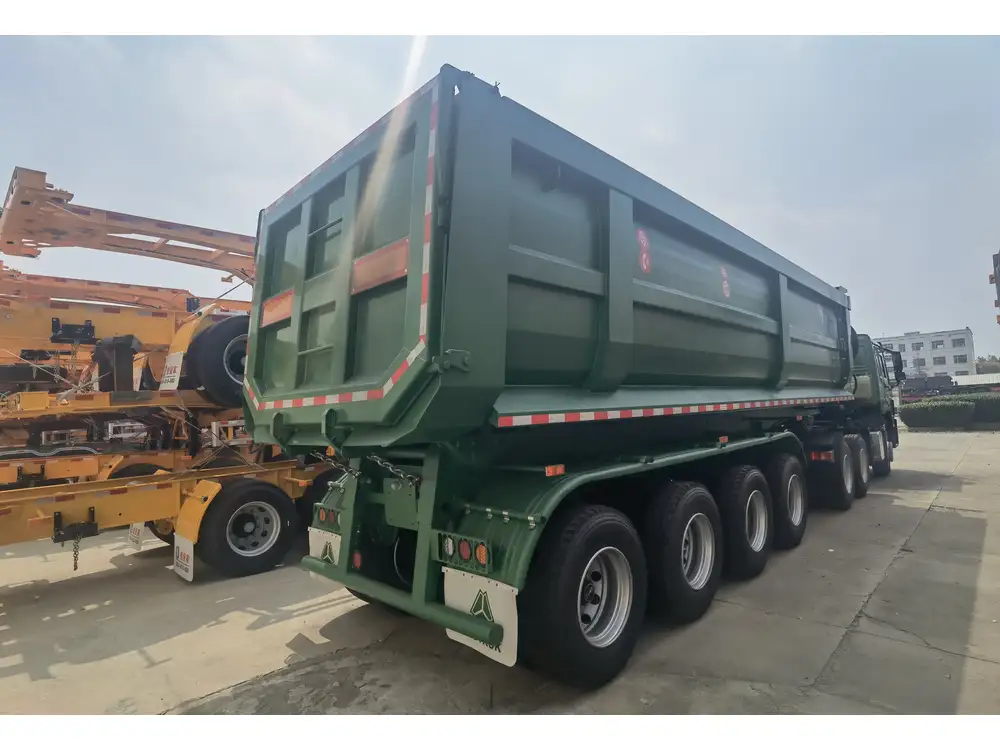
The Role of the Flatbed Trailer
Flatbed trailers offer versatility for transporting oversized items, making them ideal for tree transportation. Features that contribute to their effectiveness include:
| Flatbed Trailer Features | Benefits |
|---|---|
| Open Design | Allows for height, which accommodates the natural shape of the tree. |
| High Weight Capacity | Supports the transportation of heavier trees and larger root systems. |
| Easy Access | Facilitates loading and unloading from multiple sides. |
| Adjustable Tie-Down Points | Provides flexibility in securing various sizes of trees. |
Essential Preparations Before Transportation
Before embarking on the logistics of tree transportation, several preparatory steps must be taken.
Prepare the Tree for Transit
- Pruning: Trimming unnecessary branches and foliage reduces wind resistance and potential damage during transportation.
- Watering: A well-hydrated tree is less prone to stress. Water the tree thoroughly a day before loading it onto the flatbed.
- Protecting the Bark: Use padding or burlap to protect the tree’s bark, reducing the risk of scuffing or injury during loading and transport.
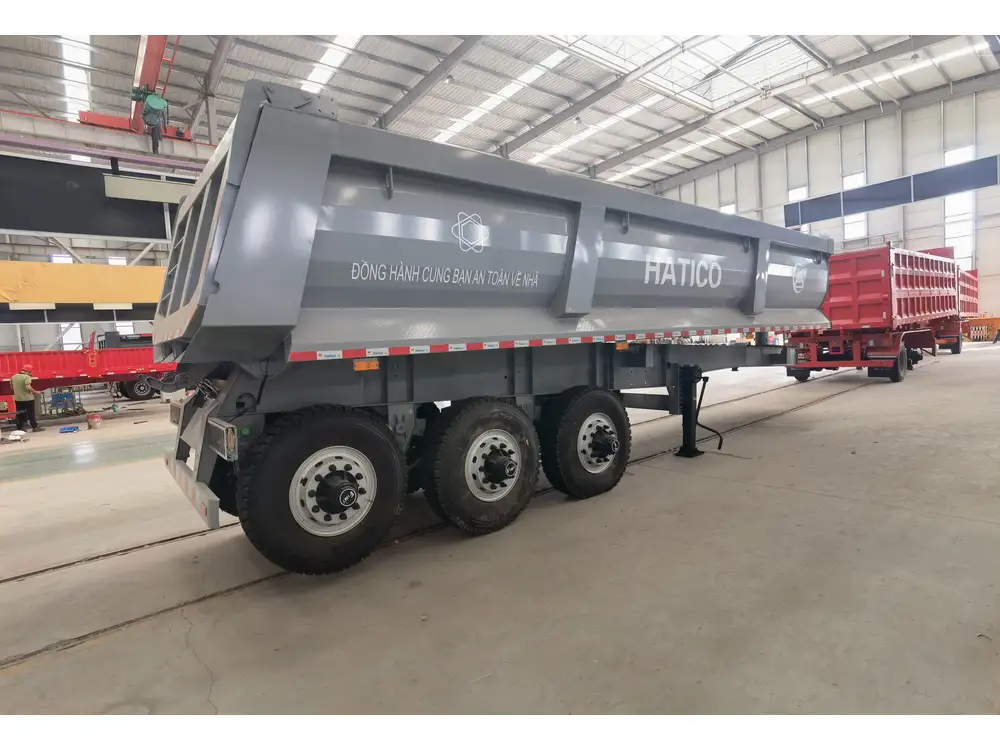
Route Planning
Choosing the right route for transportation is integral to avoiding unforeseen challenges. Factors to consider include:
- Road Conditions: Assess the quality of roads and any potential obstacles, such as low bridges or sharp turns.
- Legal Regulations: Different jurisdictions may have specific regulations concerning oversized loads, including permits or escorts.
- Travel Distance: Longer distances may expose the tree to stress; plan for breaks to check on the condition of the tree during transit.
Securing the Tree on the Flatbed Trailer
Effective Tie-Down Techniques
Properly securing the tree to the flatbed trailer is paramount to avoid damage during travel. Employing the right methods to tie down the tree involves:
- Using Ratchet Straps: These provide a strong, adjustable hold, minimizing movement.
- Employing Corner Protectors: To prevent straps from cutting into the bark, utilize corner protectors designed for this purpose.
- Tying at Multiple Points: Secure the tree at both the root ball and upper branches to prevent swaying.
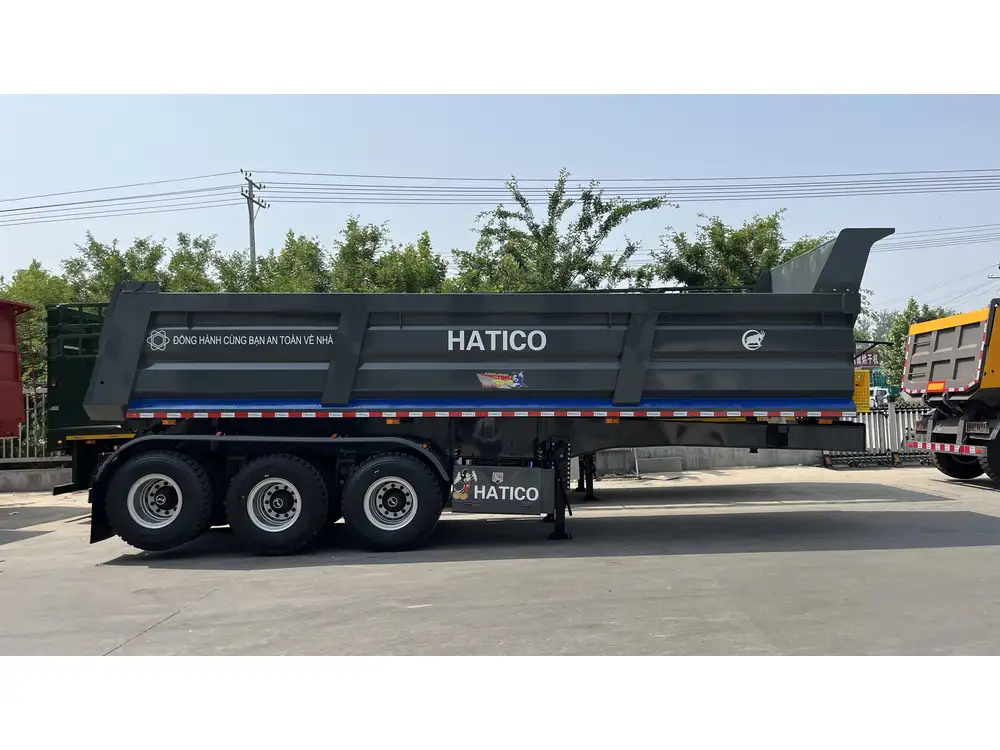
Monitoring During Transport
It’s vital to keep an eye on the tree while on the road. Employ a monitoring strategy that might include:
- Regular Stops: Halt at intervals to check on the condition of the tree and adjust tie-downs as necessary.
- Using Cameras: In modern setups, cameras can be utilized to monitor the tree’s condition during transport, providing peace of mind and actionable data if something goes amiss.
Unloading the Tree: Techniques and Considerations
After successfully navigating the transport phase, attention must turn to unloading the tree.
Strategies for Safe Unloading
- Assessing the Landed Site: Ensure the unloading location is level and clear of obstacles, facilitating a smooth offloading process.
- Using Equipment: Consider using a crane or forks to gently lift the tree off the trailer, especially for larger specimens.
- Timing with Weather: Unload the tree during cool conditions to minimize stress, avoiding the hottest parts of the day if possible.
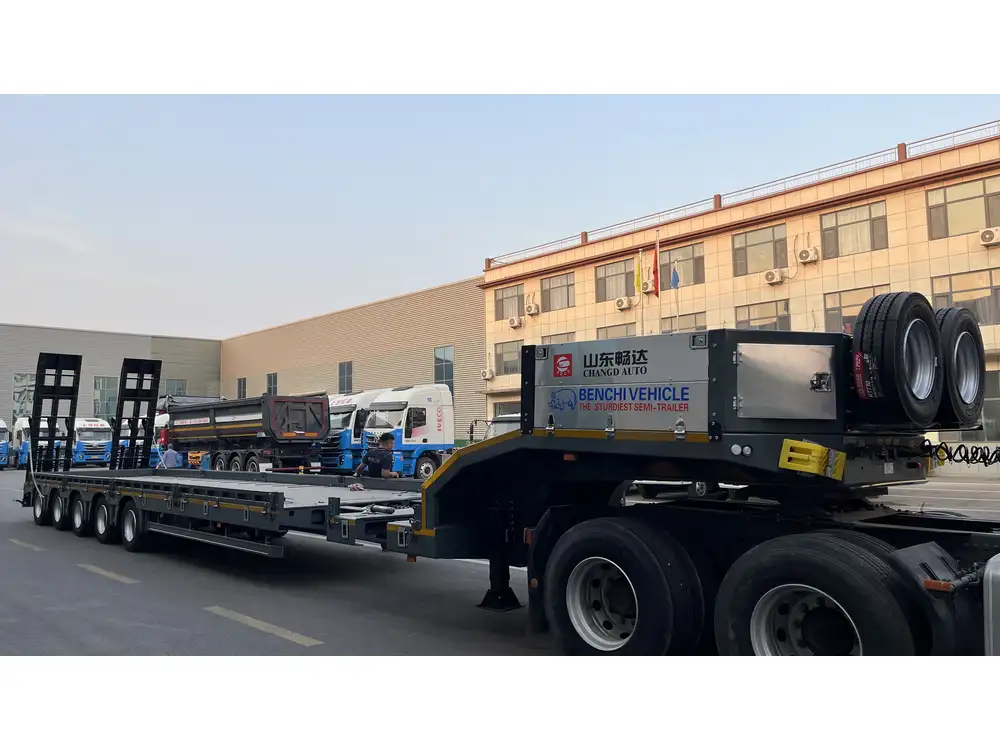
Replanting Considerations
Once the tree is safely unloaded, careful planting is essential to its long-term health.
- Choosing the Right Spot: Evaluate soil quality, sunlight availability, and drainage to select the best location for the tree.
- Preparing the Planting Hole: Dig a hole that is wide enough to accommodate the root ball without crowding, typically about 2-3 times wider than the root ball itself.
- Backfilling with Care: When backfilling the hole, avoid compacting the soil too tightly around the roots. Loose soil encourages root growth and water penetration.
Common Challenges and Solutions in Tree Transportation
Environmental Factors
Adverse weather conditions can significantly influence tree transport. Considerations include:
- Wind: High winds can destabilize trees on flatbed trailers. Avoid transporting during gale-force winds or use boards to secure the tree.
- Rain: Heavy rain makes roads slippery, increasing risks. Choose a day with favorable weather forecasts for transportation.

Handling Living Trees
Living trees can exhibit unexpected behaviors during transit. Address potential issues with these strategies:
- Physical Movement: While vibrations and jolts are normal during transport, excessive movement can harm a tree. Use softer securing materials to minimize damage.
- Temperature Fluctuations: Trees are sensitive to temperature; consider the climate of the origin and destination when transporting.
The Benefits of Transporting Trees on Flatbed Trailers
Transporting trees via flatbed trailers presents numerous advantages for businesses and landscaping professionals.
Enhanced Versatility
Flatbed trailers are not limited to tree transport alone. Their design enables them to transport various oversized goods, providing multi-purpose usage for operations.
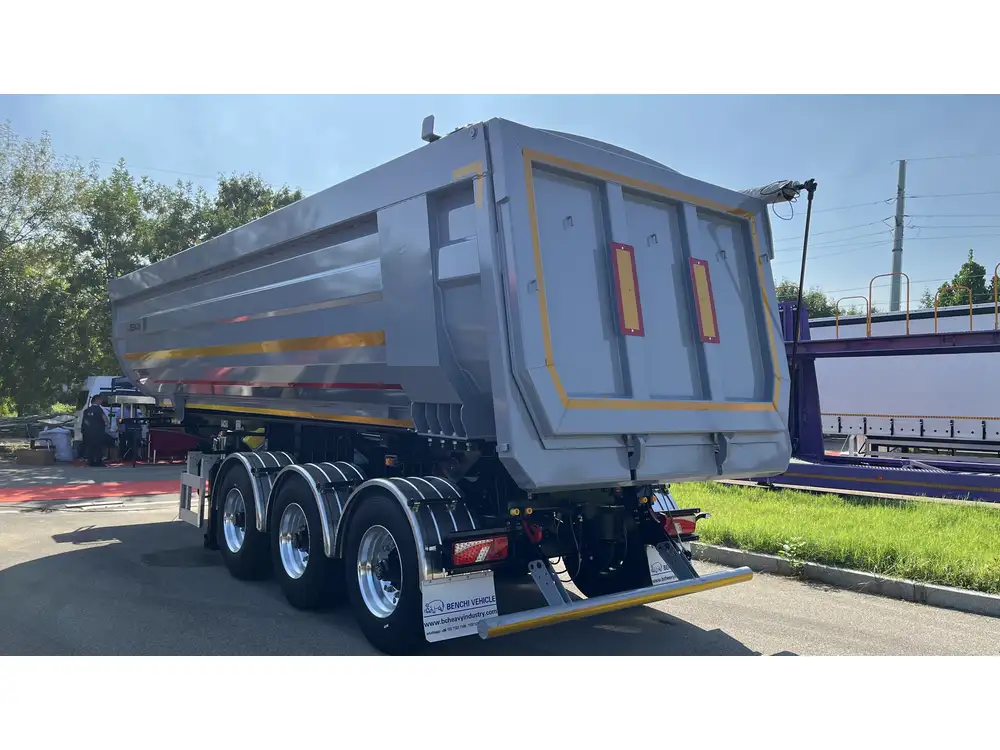
Cost-Effectiveness
Using a flatbed trailer can reduce transportation costs, especially for bulk orders of trees or when moving to remote locations where other transport modes may impose additional costs.
Choosing the Right Flatbed Trailer for Tree Transport
Essential Specifications
When selecting a flatbed trailer for transporting trees, several specifications are crucial:
- Length and Width: Ensure the trailer offers enough length and width to accommodate the dimensions of the tree being transported.
- Weight Capacity: Verify that the trailer can support the weight, including the root ball, without straining its integrity.
- Towing Compatibility: Confirm that the trailer is compatible with the towing vehicle’s specifications for safe and effective transport.
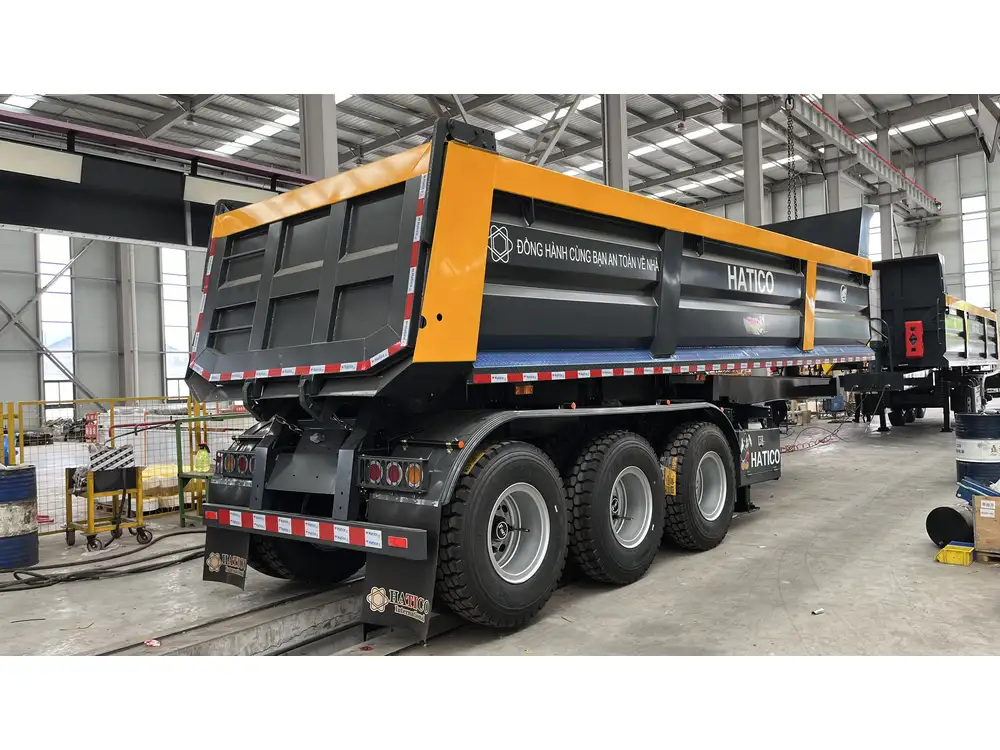
Types of Flatbed Trailers to Consider
| Type of Trailer | Features | Best Use |
|---|---|---|
| Standard Flatbed | Simple design, easy loading/unloading | General tree transport |
| Lowboy Trailers | Low height profile for taller trees | Transporting large or tall tree specimens |
| Step Deck Trailers | Multi-level deck for varying loading heights | For trees with varying sizes or heights |
Conclusion: Effective Tree Transport on Flatbed Trailers
Transporting trees on flatbed trailers is an art that combines scientific principles of load distribution, environmental awareness, and practical techniques for ensuring the health of the transported flora. This comprehensive overview serves as a guide to navigating the complexities of this vital task, with insights aimed at manufacturers, logistics providers, and landscape professionals alike.
In the pursuit of successful tree transportation, incorporating precision in planning, execution, and unloading cannot be overstated. Utilizing modern equipment, well-thought-out strategies, and flexible approaches to challenges will not only secure the successful delivery of trees but will foster their growth in new environments.
By embracing these practices, we ensure a thriving ecosystem and sustainable growth for our greener futures.



